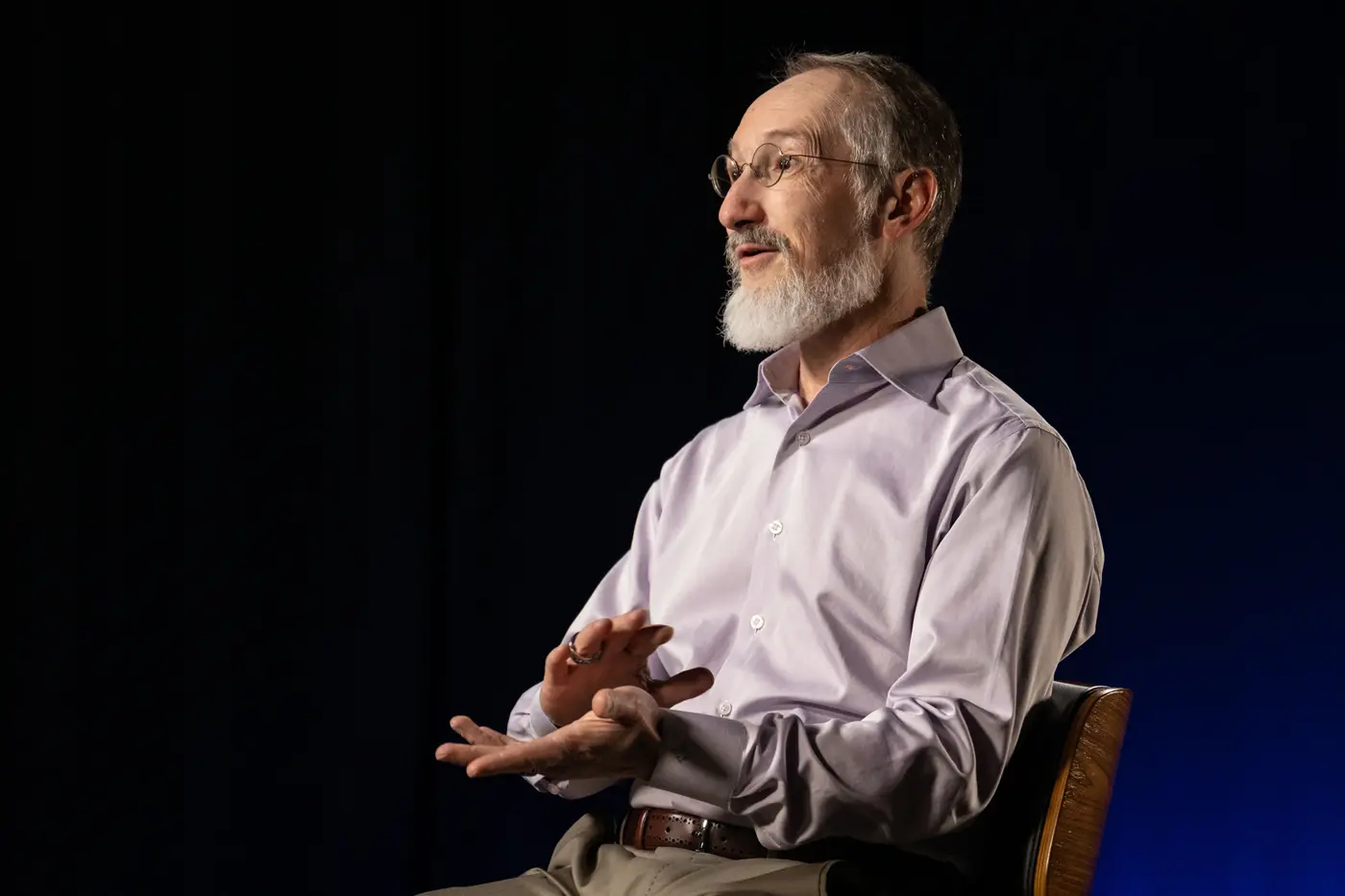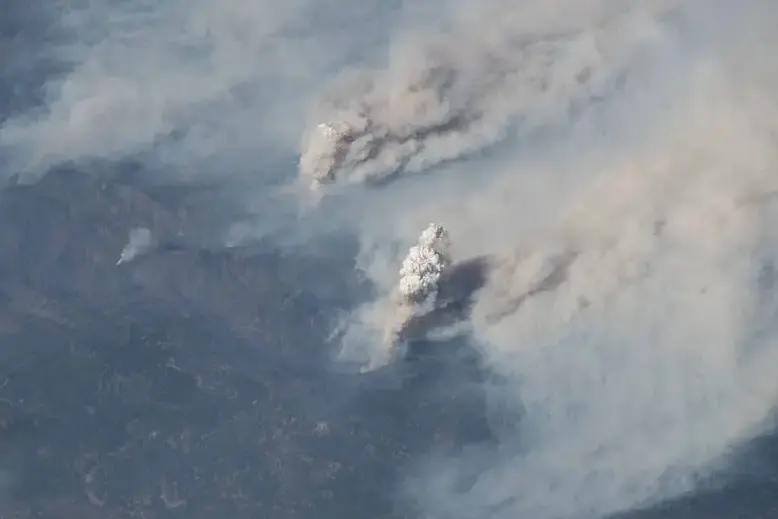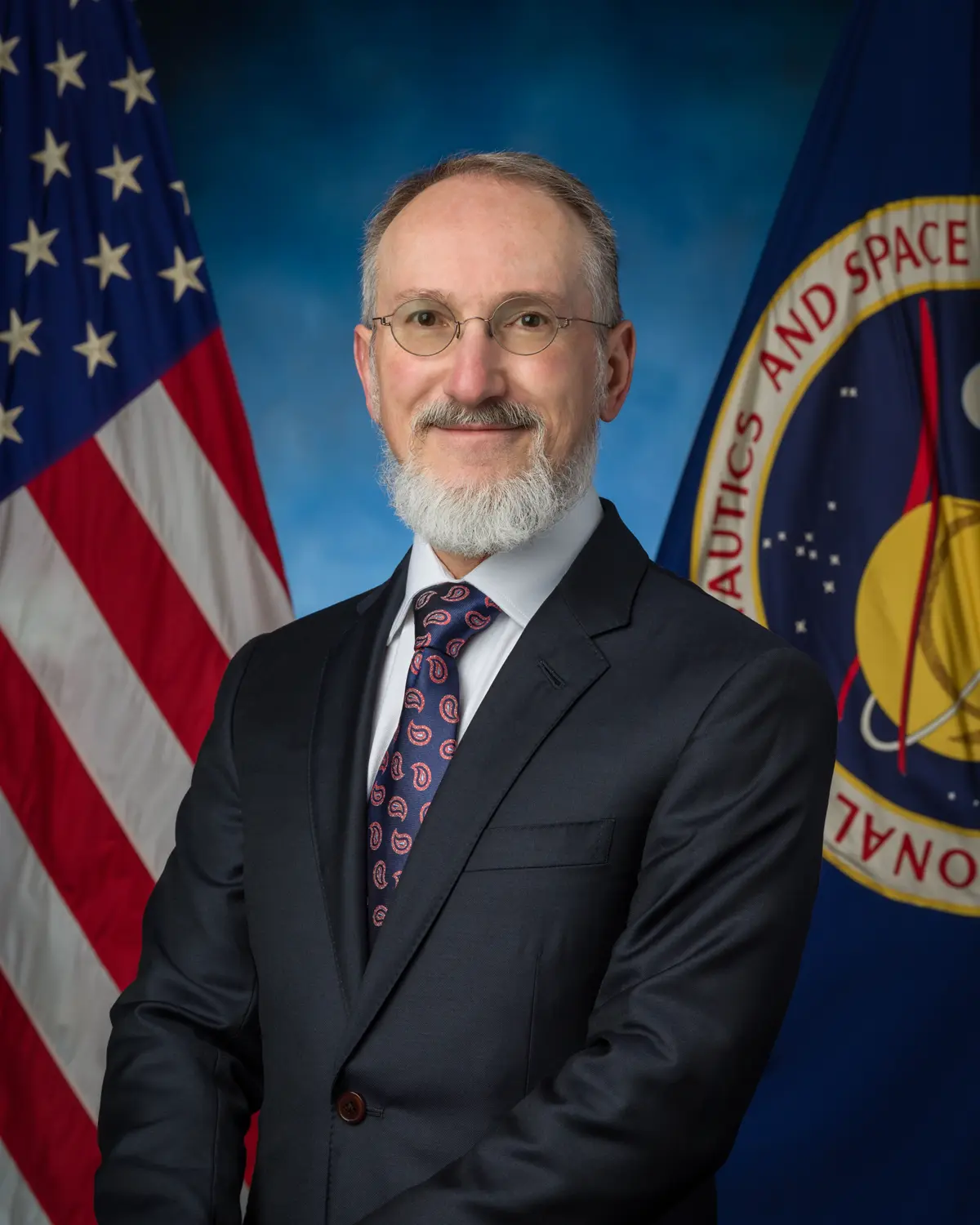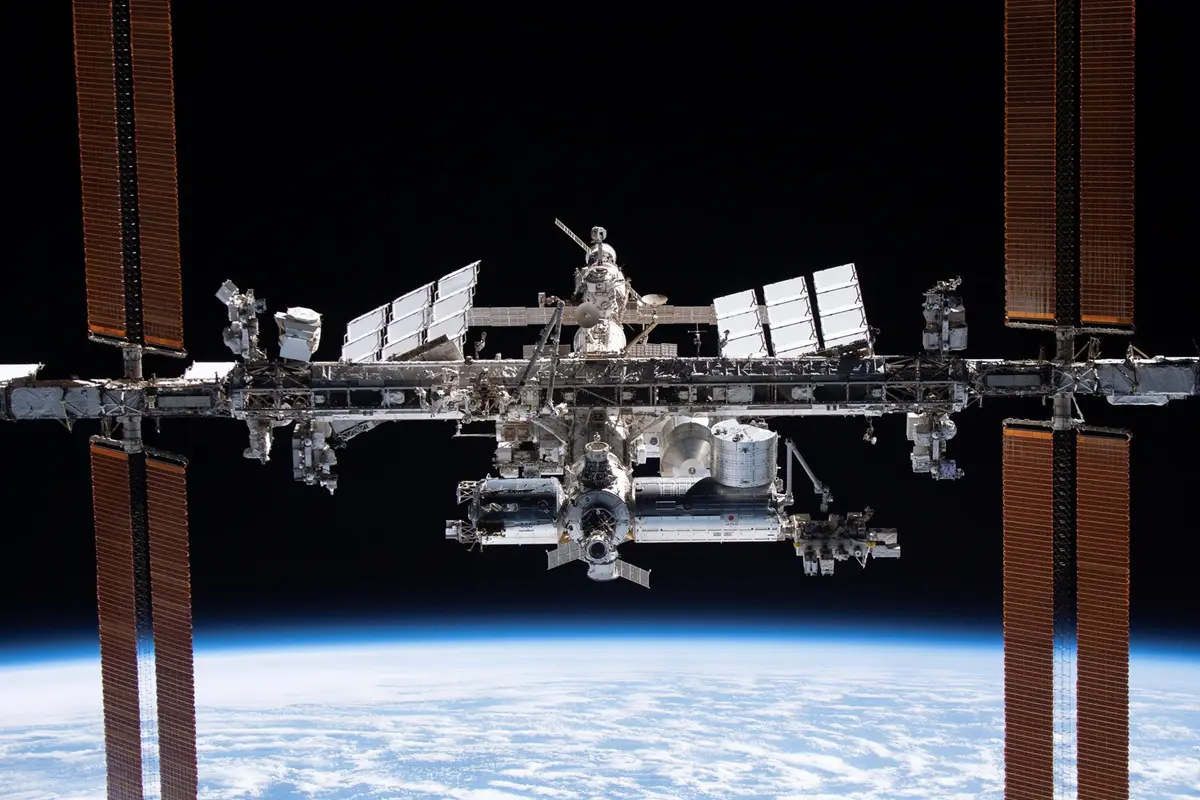 Image by NASA
Image by NASA
As senior Earth system scientist at NASA's Johnson Space Center in Houston, environmental science alum William Stefanov '88 uses remote sensing from the International Space Station and other platforms to help agencies respond to natural disasters such as wildfires and hurricanes.
When devastating wildfires swept through Southern California earlier this year, Los Angeles officials needed fast, accurate information: Where were the fires spreading? How severe was the burn damage? And where was the toxic smoke drifting? For answers, they turned to the National Aeronautics and Space Administration (NASA) — and to UMass Lowell environmental science alum William Stefanov ’88.
As senior Earth system scientist at NASA’s Johnson Space Center in Houston, Stefanov is part of the space agency’s Disaster Response Coordination System (DRCS). Using photos and data from the International Space Station and other remotely sensed data from orbital and airborne platforms, the DRCS produced disturbance maps, burn severity assessments and even methane emission analyses.
“We worked directly with the California Governor’s Office of Emergency Services, the LA County Office of Emergency Management, the Federal Emergency Management Agency (FEMA), the California State Guard and the NASA Jet Propulsion Laboratory, responding to their requests and making sure everyone got what they needed,” says Stefanov, who notes that the vantage point from space is crucial when responding to natural disasters such as hurricanes, floods and wildfires.
“When you’re on the ground, you’re limited to what’s around you. From orbit, you get a broader, more holistic view,” he says.
 Image by NASA
Image by NASA
William Stefanov '88 trains crew members aboard the International Space Station what to look for when taking photos of Earth, such as this image of California wildfires taken by astronaut Alexander Gerst in 2018.
Stefanov has spent over two decades with NASA. Last November, he stepped into his current role as senior Earth system scientist in the Astromaterials Research and Exploration Science (ARES) Division. He has also served as the International Space Station program scientist for Earth observations since 2014, developing the space station as a remote sensing platform for research and data collection to support disaster response.
Originally from Webster, Massachusetts, Stefanov enrolled at UMass Lowell as an engineering major. But after a year, he opted to change course.
“I’ve always loved rocks,” he says. “The environmental science degree, with a geology concentration, really caught my interest.”
 Image by NASA
Image by NASA
William Stefanov '88 says the broad academic foundation he built at UMass Lowell "helped me later in my career, particularly when it came to communicating across disciplines."
“It was a privilege to do a senior thesis under Professor Eby. That experience taught me how to do science,” says Stefanov, who also credits the school’s unique approach to environmental science education for setting the stage for his interdisciplinary career.
“We were required to take classes in biology, ecology and atmospheric science — courses that wouldn’t have been mandatory in a more classical geology curriculum at other universities at the time,” he says. “That broad foundation helped me later in my career, particularly when it came to communicating across disciplines using remote sensing as a common language.”
After earning his bachelor’s degree, Stefanov worked briefly in environmental consulting before pursuing graduate studies at Arizona State University. He earned a Ph.D. in geology and stayed on to support long-term ecological research. In 2004, an opportunity at NASA’s Johnson Space Center — training astronauts in Earth science — brought him to Houston.
Part of that work includes teaching crew members aboard the International Space Station what to look for when taking digital photos with handheld cameras.
“We realized early on that when astronauts understand why they’re being asked to take certain images, they tend to collect better data,” he says. “So, we train them on targets like volcanoes, hurricanes and cities — how to spot them, and why those observations matter.”
 Image by NASA
Image by NASA
Over the past decade, William Stefanov '88 has helped develop the remote sensing technology aboard the International Space Station.
Looking ahead, Stefanov’s goals include expanding the scientific expertise at Johnson Space Center and strengthening networks for disaster resilience.
“With the path I started at UMass Lowell, I gained a classic research scientist background,” he says. “But early on, I realized that my real focus was in applied science. And so, any opportunity I have to use my knowledge and skills to produce things that are immediately useful, that's always been satisfying for me.”
His advice for current Kennedy College of Sciences students? Embrace the winding path.
“Take as many electives in different areas as you can and explore your interests, even if it doesn't seem directly related to the core curriculum, because you never know when something that you learned is suddenly going to become useful and important in your career,” he says. “Some people can have very direct career paths and be very successful. My career path is much more twisty, but it's been very rewarding to me because of that.”
